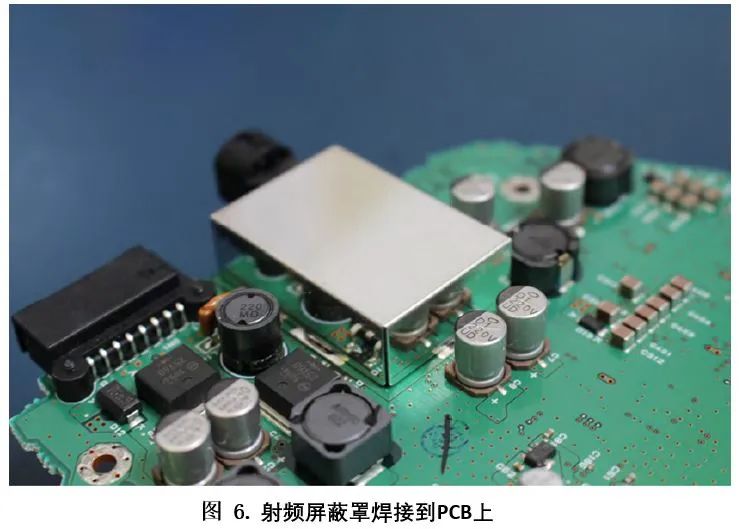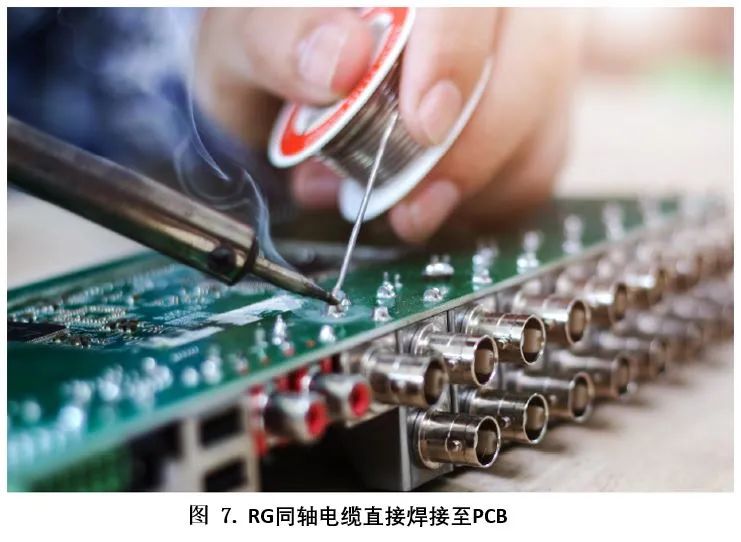【 Recommended by Yapde 】 Induction heating welding technology suitable for high thermal energy applications
The soldering challenges of high metallization components and PCBs
In the fields of consumer electronics and industrial electronics, the use of solder made of tin, silver, and copper (SAC) alloys has become the industry standard for lead-free soldering.
In addition to the components used for heat dissipation on multi-layer printed circuit boards (PCBs) and metalized lead frames, today's electronic products require more high-power manual soldering solutions.
Highly metalized components and PCBs are like heat sinks. They generate a heat distribution effect, taking heat away from the soldering iron tip, thus forming good solder joints by transferring heat
More challenging.
To help understand the heat dissipation effect, imagine a large copper frying pan - if heat is applied to a small point on the frying pan (equivalent to applying the tip of a soldering iron to a copper plate),
The frying pan will distribute heat until the entire pan reaches a sufficiently high cooking temperature.
Similarly, the thermal diffusion effect makes soldering more difficult by diffusing heat from the soldering iron tip, which requires more effective solutions to heat components and PCBs and melt solder.
The thermal diffusion effect is more common in high-power transistors such as TO-220, as well as multi-layer printed circuit boards and PCBs with large metalized ground layers.
Another type of PCB that exhibits thermal diffusion effect is the Insulated Metal Substrate (IMS). IMS circuit boards are typically used for LED lighting and other applications that generate large amounts of heat.
These are achieved by layering conductive and non-conductive layers on the top layer of the metal plate, which can effectively transfer heat away from high heating components.
Due to the large number of metal substrates, it is very difficult to manually solder these IMS circuit boards.
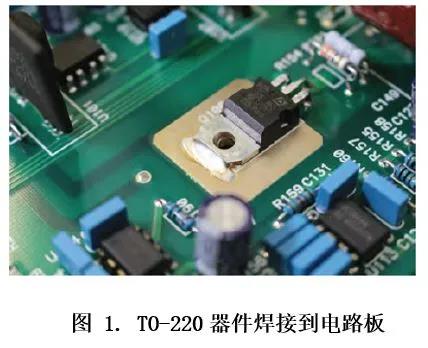
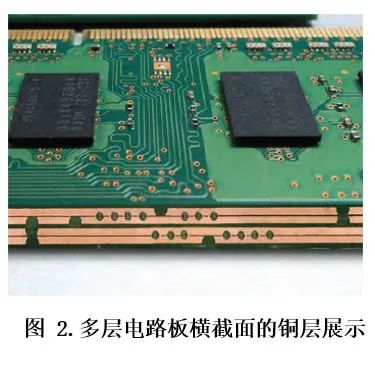

Compensation methods and potential risks
In order to overcome the inherent soldering difficulties of high metalized components and circuit boards, soldering technicians may try to extend the soldering time to compensate, that is, they will use a soldering iron
Fix the welding area to the desired welding point to increase the melting time of the solder. They may also increase the temperature of the soldering iron tip. These compensation methods not only reduce the lifespan of the soldering iron tip,
It can also cause reliability issues or damage to PCBs and components.
Another compensation method is to preheat the circuit board and attempt to solder the components when the circuit board is already hot. This may lead to safety issues for welding personnel. Because during welding,
Technicians often bring their faces close to the PCB or sometimes place their hands on the circuit board. This can lead to an uncomfortable working environment and even burns.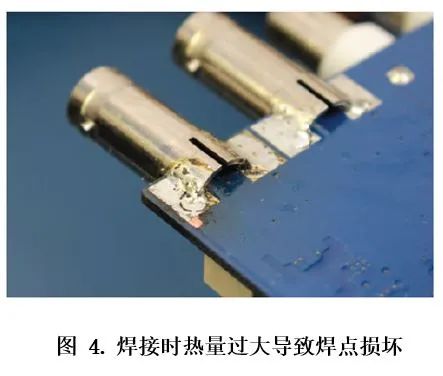
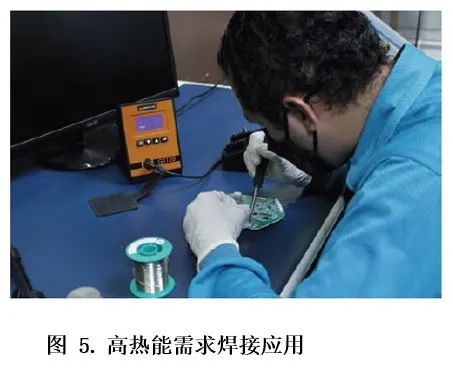
Welding industry standards
The IPC industry standard IPC-J-STD-001G specifies acceptable welding temperatures and welding times. These guidelines are developed to help protect circuit boards and components from damage
Damage caused by high temperature or prolonged heating time.
However, in many cases of resistance heating welding, technicians attempt to compensate for the thermal diffusion effect by increasing the welding time and temperature, which may actually result in
Damaging the interior of components or circuit boards before the solder melts can have the opposite effect.
Induction heating welding and resistance heating welding
Compared with resistance heating welding, induction heating welding has many advantages, including fast, efficient, repeatable, and accurate heat transfer/generation. Induction soldering iron utilization
The induction coil wound on a magnetic alloy generates a magnetic field when an alternating current passes through the coil, thereby producing thermal energy.
Induction heating is based on physical principles, in which the temperature of magnetic alloys is controlled by the current flowing through the surrounding coils. Induction heating is more effective and easier to control than resistance heating,
And it can be heated as needed.
In induction heating soldering iron, the heating element and temperature sensor are directly integrated on the soldering iron tip, forming a fast, efficient, repeatable, and accurate heat conduction closed-loop circuit.
Resistance heating heats the entire soldering iron tip through conduction. Using resistance heating technology, the soldering iron tip acts like a heat accumulator, with higher thermal resistance and lower thermal performance than induction heating.
This means that the heating speed is slower and it is more difficult to maintain a consistent soldering iron tip temperature without temperature overshoot.
Resistive heating irons with poor heat transfer performance require higher temperatures to achieve the same effect, and may also damage components and PCBs.
The benefits of induction heating welding
In today's sophisticated and complex electronic devices, temperature accuracy and control have always been a challenge. Highly metallized components and PCBs, coupled with the need for thermal sensitive electronic products and lead-free soldering,
Resulting in higher requirements for process control.
To address these challenges, manufacturers need high-performance welding systems with induction heating technology. Induction welding can generate heat quickly and efficiently as needed,
Overcoming the challenges of high metallization PCBs, components, and substrates.
Due to the precise and controllable generation of heat by induction heating welding, it can also handle small and precise components as well as harsh thermal load applications.
summary
Electronic products are becoming smaller, faster, smarter, and more practical. When the size is reduced, more heat will be generated in a smaller space. To assist in heat dissipation,
Designers have used more thermal conductive materials such as glass and metal in electronic design. Metal lead frames, multi-layer PCBs, metalized substrates, and grounding layers will be used
Continuing to play an important role requires more reliable welding solutions.
When establishing higher power in resistance heating welding systems to generate more heat faster and transfer it to the soldering iron tip, induction heating welding systems are adopting different methods,
That is, using standard power and increasing the frequency of alternating current around the magnetized alloy to generate and maintain the thermal energy of the soldering iron tip has been proven to be a more effective welding solution.
